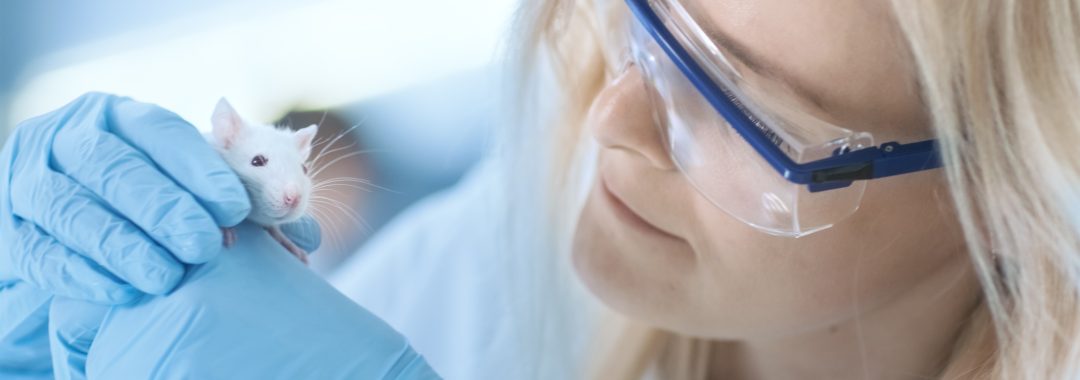World Day for Laboratory Animals is celebrated every year on 24 April. The British National Anti-Vivisection Society (NAVS) describes it as an international commemoration of animals in laboratories around the world. The British NAVS established World Day for Laboratory Animals in 1979, and the day is also recognised by the United Nations, although it is not included in its official list of important days.
The Czech Republic plays a significant role in the protection of animals in biomedical research. During its first presidency of the Council of the European Union in 2009, it successfully upheld the adoption of Directive 2010/63/EU on the protection of animals used for scientific purposes. The Directive aims to minimize animal testing and introduce mandatory standards on the use, housing, and care of animals, particularly focusing on their welfare.
Experiments using animal models have played, and continue to play, a fundamental role in biomedical research and are the basis for many discoveries in biology and medicine. Therefore, these nameless heroes of our health deserve to be used as sparingly as possible while also having their natural requirements respected.
The use of animals in experiments is subject to strict control, and the design of experiments is guided by the principles defined as early as 1959 by biologists Russell and Burch - referred to as 3Rs (Replacement, Reduction and Refinement) which are the principles for the responsible and rational use of animals in experiments. Animal experiments in our country must always respect the welfare of the animals and must be planned to avoid unnecessary suffering. The concept also involves the use of alternative methods to animal experiments, such as tissue culture or organoids. However, in some cases, this is not sufficient, and the use of animals in the experiment becomes necessary. In such instances, using of animals at the lowest possible phylogenetic level should be considered – for example, mice instead of primates, invertebrates instead of mice, etc. However, there are situations where this is not feasible - such as testing a feed additive for a specific species and age category of animal, or testing the immunogenicity of a vaccine designed for a particular species. Even then, the aim remains to keep the number of animals in the experiment as low as possible, to avoid unnecessary repetition, and to refine the experiment using non-invasive techniques, anaesthesia, and analgesia.
The Veterinary Research Institute takes a responsible approach to fulfilling these principles and legislative requirements. It invests considerable resources each year in the care of laboratory animals and in improving their living conditions. As a holder of the Good Laboratory Practice certificate, it meets strict conditions for the care and handling of experimental animals. Beyond these duties, efforts are made to find new homes for animals that have fulfilled their research mission through adoption. Strict conditions for the care of such animals must be met by the new owners. This adoption programme has been in place since 2020 and is gaining increasing acceptance.


